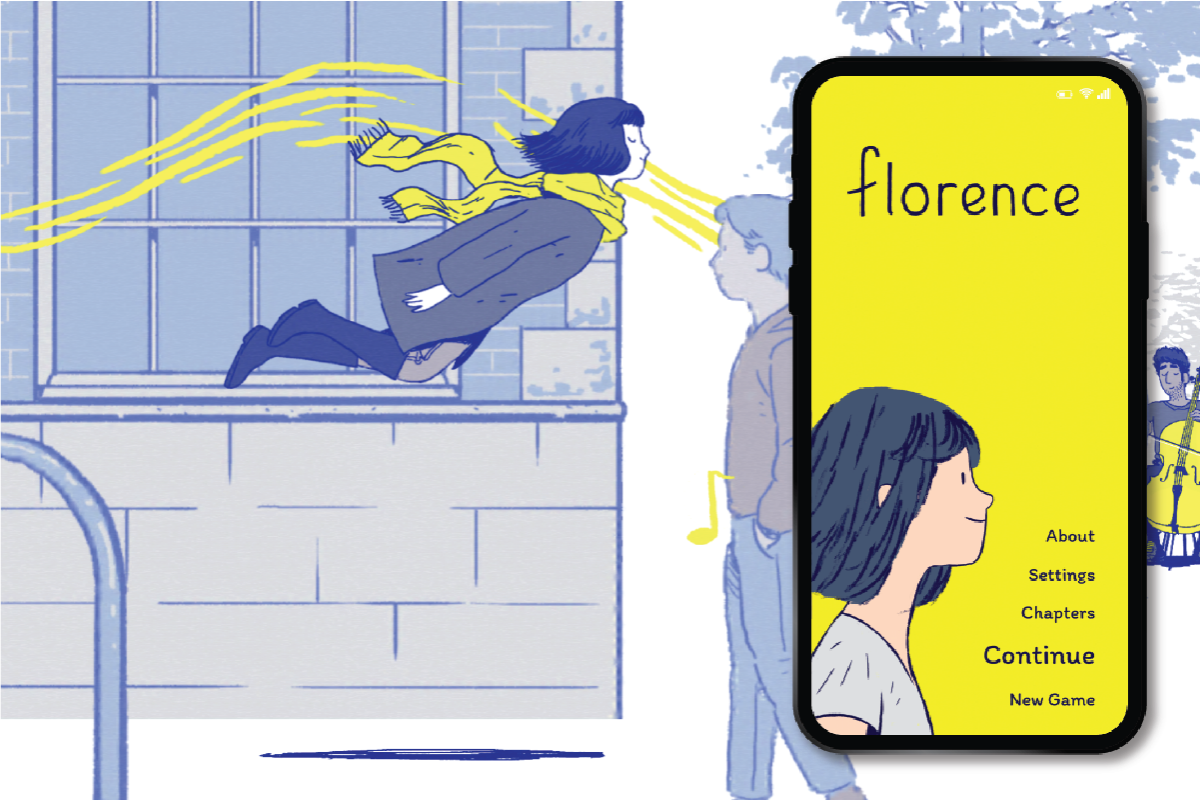
Teens Have Big Emotions. How Can We Help HS Students Navigate Them?
Guest author Lauren Geschel is a high school English Language Arts teacher at William Bodine High School for International Affairs in Philadelphia, PA.
Teenagers have big emotions, and many already have a lot of unresolved grief at that age. Normalizing big emotions and offering tools for navigating this reality can is why social-emotional learning tools are necessary in high school classrooms.
I have been teaching high schoolers for about 20 years, and I am always asked how I manage the classroom so effectively and get them to be so responsive and receptive to my lessons. The short answer is that I recognize them as individuals. I validate their feelings. And I help them be self-aware and deliberate.
Even though many students need their hand held when it comes to recognizing and then communicating emotions and feelings, many of them are more than willing to do so in a safe space. If you can create such a space for your students and if you can reach them on a deeper personal level, the results will astound you. So, how do I do that? One way is to start with iThrive Curriculum: A Moment in Time.
iThrive Games invited me to co-create a lesson plan that would pair with the immersive media game Florence. The first step was to download the app and "read" the story: one that navigated the day-to-day life of Florence, an Asian-Australian 25-year-old whose aimless nature is universal and timeless for many young people.
There was much to unpack before I set about writing the lesson plans. What would I want my students to get out of this story? What lessons could be learned? What universal truths appear?
I immediately saw an opportunity to showcase lessons on non-verbal communication and symbolism, both of which can apply to real life. The story was told entirely with no words spoken; even when the characters are arguing, there is sound but no words. The power of communication was shown through images, sounds, movement, and gestures. This created an opportunity to discuss how these kinds of communication are prevalent in the students' everyday lives, even though they may not realize it or even think about it. The beauty of Florence is that it can be used in any classroom, especially in classes for English Language Learners (ELL), due to this nature of storytelling.
Symbolism plays a major part, too, and I definitely saw a way to help students relate to this, especially with two of the main characters having Asian and Indian heritage. It opened up many opportunities for students to discuss what cultural symbols they have in their life and how their background shapes who they are as a person. Having students choose objects that have significance helps reinforce the importance of sentimentality and the potential deeper meaning of objects in their lives.
But the real meat of the journey of Florence really lies in the weighty and emotional themes. One of the first themes I felt was important in this story is one of self-realization and identity. While Florence is significantly older than the students who will be reading her story, all can relate to the task of trying to figure out what their place is in the world. I believe so many students feel very lost about where they are headed, but I also believe that very few admit this out loud (or even to themselves). Showing them that self-realization and awareness is a long journey and that people often make mistakes along the way is an important lesson to be gleaned from Florence.
Overall, this story hits on so many levels and so many themes: including relationships, love, self-awareness, growing up, and ultimately (and the most impactful)-dealing with grief and loss. No matter who they are, every student has experienced grief or loss: of a loved one, of a friendship, of a piece of themselves that no longer exists, of a special place, etc. Tapping into this and showing them that grief over loss of so many things in their lives is not only normal but also incredibly understandable and expected is so important for teenagers who often lack the coping skills to grapple with such ponderous emotions.
iThrive Curriculum: A Moment in Time opens up the door to these ideas and shows students that everyone struggles in one way or another and that it is all about how one learns to deal with their issues.


